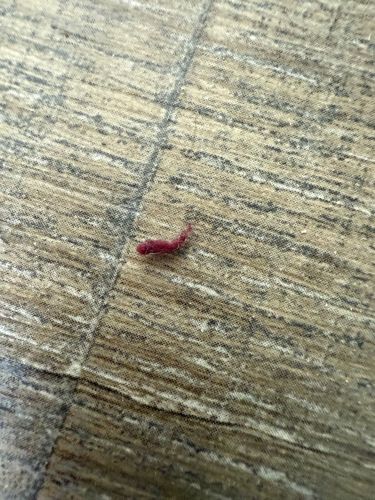Bloodworm (Chironomid Larva)
Scientific Name: Chironomidae (larval stage)
Order & Family: Diptera (True Flies), Chironomidae (Non-biting Midges)
Size: Typically 0.5 cm to 2.5 cm (0.2 to 1 inch) in length, but can vary.

Natural Habitat
Aquatic environments, typically in the muddy or silty bottoms of ponds, lakes, rivers, and even stagnant water. They can also be found in sewage treatment plants and areas with low oxygen.
Diet & Feeding
Detritivores, feeding on organic debris, algae, diatoms, and microorganisms found in their aquatic substrate. Some species are predatory on other small aquatic invertebrates.
Behavior Patterns
Larvae live in tubes constructed from silk and debris, burrowed in the sediment. They are known for their distinct red color due to hemoglobin, which allows them to survive in low-oxygen conditions. They undulate their bodies to facilitate gas exchange and filter feed. Pupation occurs within the tube, and adults emerge from the water.
Risks & Benefits
Generally beneficial as they are an important food source for fish and other aquatic organisms, and they play a role in nutrient cycling by breaking down organic matter. They are also used as indicators of water quality. While bloodworms themselves are not typically harmful to humans, mass adult midge emergences (non-biting) can be a nuisance. Some individuals may develop allergic reactions to midge larvae or adults.
Identified on: 11/16/2025